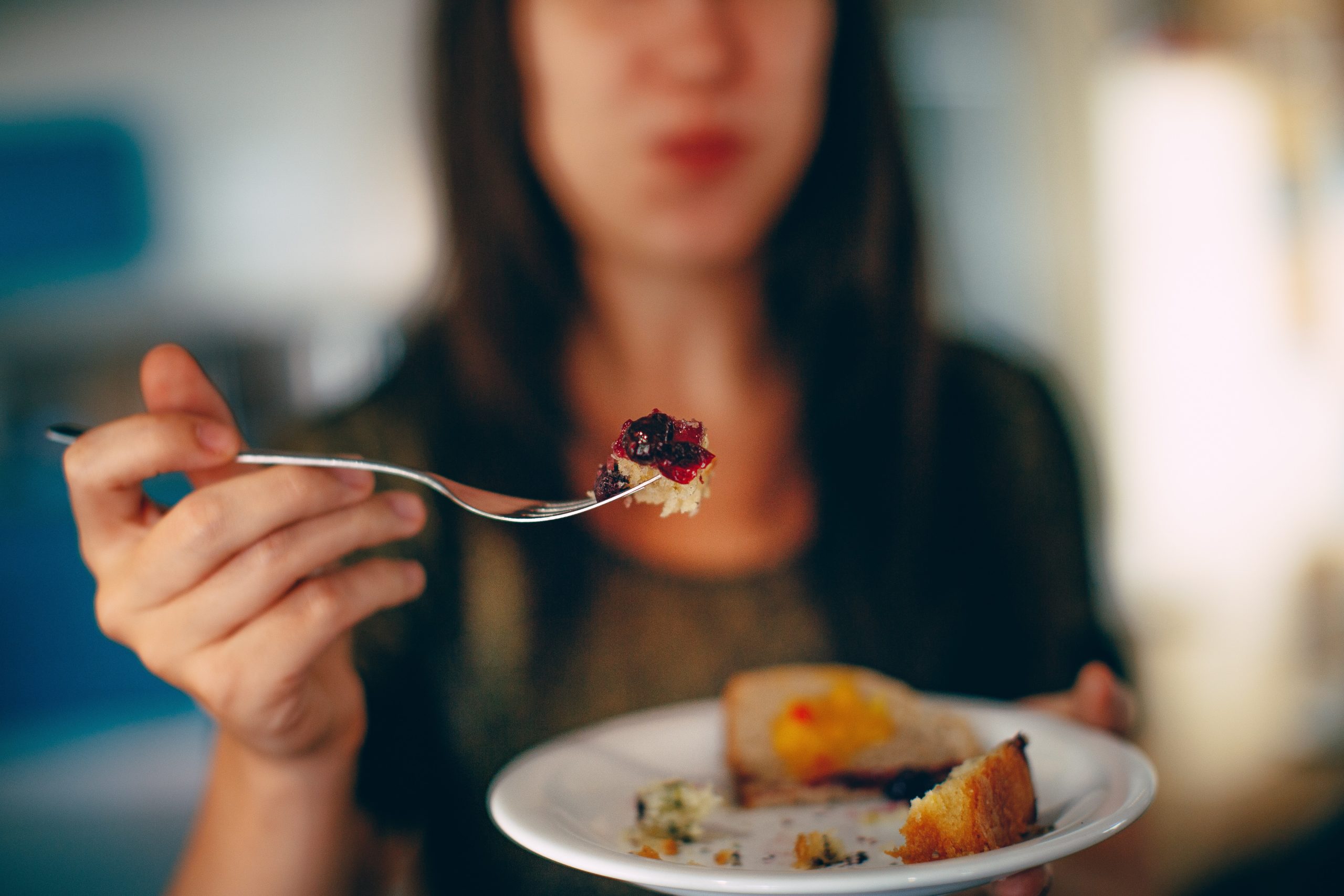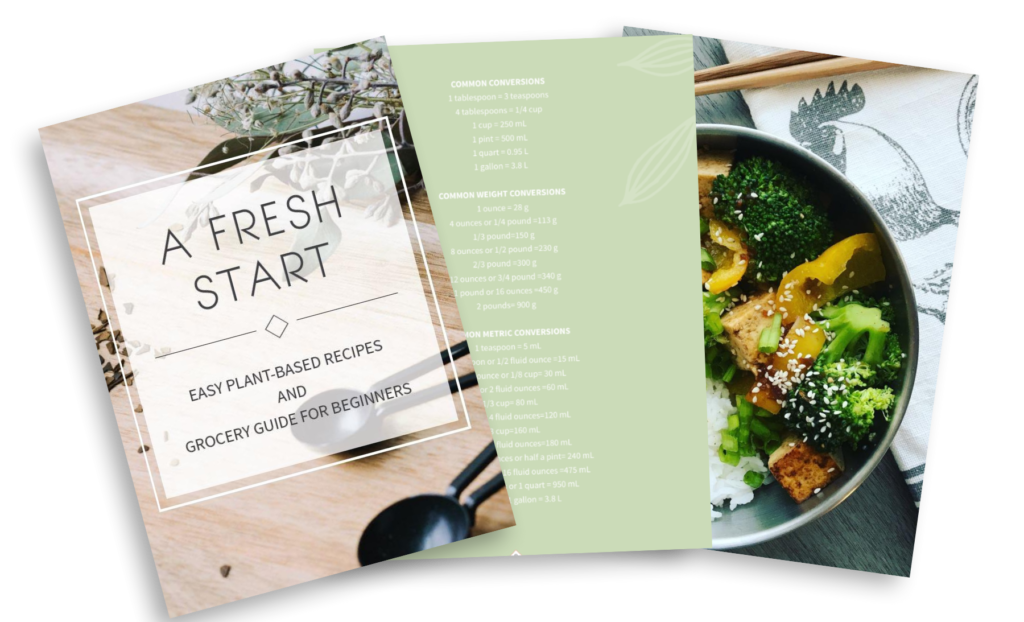
How Mindful Eating Can Change Your Weight-loss Journey | LRD Academy
Mindful eating incorporates intuitive eating, to help us slow down and listen to our internal cues of true hunger versus cues of satiation, and it can help us reduce or even entirely cease our emotional or binge eating. It calls us to be present and to engage our senses — how the food tastes, smells, and most importantly, how it makes our bodies feel. Refer to your Mindful Eating training for more refresher tips on this (esp around creating a mindful eating environment). If you are still struggling with some occasional binging or mindless eating tendencies, write down these 5 questions.
Here are 5 questions to instantly switch from mindless to mindful:
Does this food choice support my current goals?
What benefit do I believe this food choice is ultimately going to provide?
How will this food choice make me feel the rest of today?
How will I feel tomorrow if I eat this?
How would I benefit if I choose NOT to eat this?
Sometimes a phase of mechanical eating is necessary to establish your energy needs and how to structure your meals accordingly to meet those needs. (Fat loss, maintenance, or surplus).
Once you hang with this you get familiar with portions, nutrients, your hunger cues etc and then you can start weaning off tracking as it becomes second nature. You can practice mindful eating without tracking or counting every calorie.
Tips to do that:
Keep a meal journal/log instead of “tracking”/counting your calories.
Practice mindful eating to listen to hunger cues; (intermittent fasting can actually help a lot with this when applied correctly).
If you are going to still log your meals, do it at the end of the day (having a rotational meal plan is an excellent tool so you aren’t guessing).
Familiarize yourself with portion sizes or have a cheat sheet in your kitchen somewhere with basic measurements; (tracking macros is actually a great way to learn these at first).
Double check behind yourself periodically with your portion sizes just to make sure your “eyeball” game is on point.
Take 2-3 day breaks between logging until you are only checking in as needed.
Pin for later📍


[…] Imagine if you took the time to answer all of your own nutrition questions, and never had to second guess if you were “doing it right” ever again? I mean don’t you think that alone would alleviate so […]